This post is part of the Agriculture and Ecosystems Blog’s month-long series on Resilience.
An agricultural system operates much like a cooking pot. Crops, fertilizers, and other inputs are added on purpose; the introduction of new species or inputs is usually deliberate. Wild ecosystems, on the other hand, are unmanaged; new things are not necessarily introduced intentionally.
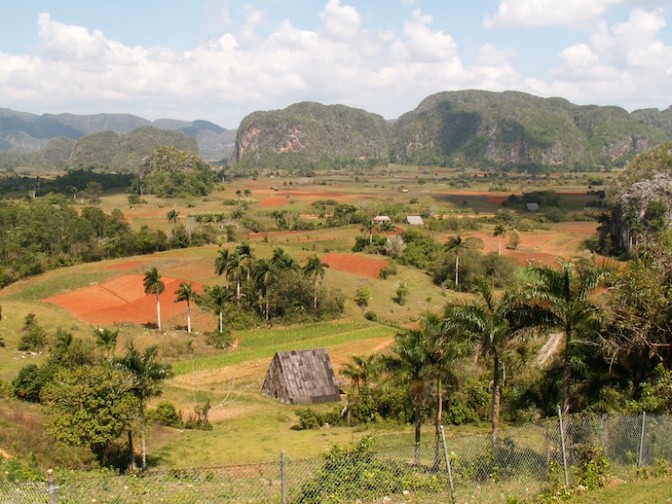 Sierra del Rosario Biosphere Reserve in Cuba. Photo: Bioversity International/P.Bordoni
Sierra del Rosario Biosphere Reserve in Cuba. Photo: Bioversity International/P.BordoniThe challenge with ‘wild’ systems is that it is difficult to know if they’re resilient until something happens. Only when a forest burns and doesn’t regenerate, or a coral reef is destroyed by a cyclone, do we understand a wild ecosystem’s ability to cope and self-organize.
But with an agro-ecosystem, we can ‘test’ disturbances in small doses. Like a vaccination, introducing small shocks to the system could actually help it learn to regenerate, so that it can cope when a more powerful threat comes along.
Many traditional farming communities adopt new crops and varieties, while retaining the ones that are already there. As this change is a managed change, it does not disturb the system, but adds to its resilience. By adding new ingredients into its melting pot, farmers can transform their fields and landscapes to fit changing contexts.
As climatic conditions become more and more extreme, crops and varieties from more marginal regions are increasingly migrating to central growing areas – over centuries crops growing in harsh climates such as deserts and high mountains have developed resistances and farmers have developed practices to deal with frost, drought and unpredictability.
A good example is the lima bean (Phaseolus lunatus) in Kenya, which allows for a longer planting window and requires little tending. In less than a decade, due to the increasing unpredictability of rain, the bean has transformed from a minor crop than grew in small, marginal patches, to one that can be seen everywhere in the Kitui agricultural landscape. Unlike some beans, once planted, lima beans can remain dormant in the soil until the rain comes, making it a good option for unpredictabile conditions.
Fruit trees are also commonly used to fill food gaps in lean years when cropping is difficult. Trees often produce the most fruit, and the sweetest fruit under stress to ensure the survival of their progeny.
But shifting crop or varietal focus means keeping those varieties around in times when they are undervalued or less necessary for immediate needs. Maintaining areas that are not the primary focus of intensive production is important for keeping these resources in the vicinity.
Wild areas can also act as a refuge for native crop species that have gone out of use. People often think of wild areas as unruly and untouched, but they forget how much food and how many cultivated species actually grow in these spaces.
Where Bioversity International is working in Cuba, for example, protected areas have acted as a sanctuary for traditional crops that were marginalized during the large-scale agro-industrial policies from the 70’s to the 90’s. Shocks in the form of soaring fuel and food import prices, and the loss of subsidised export markets, combined with devastating outbreaks of crop pests and diseases that swept through the monocultures of Cuba’s agro-enterprises, led to the near collapse of the country’s food production.
Now that the country is revitalizing family farming and domestic-borne food security, local Caribbean beans, legumes and fruit trees are making a comeback. Protected areas, namely the UNESCO Man and Biosphere reserves, that were spared from agricultural expansion in the past are proving to be a treasure trove of agricultural biodiversity.
This also highlights however, how human interaction with nature is so important for continuous adaptation. In Cuba, the people who conserved these native species are living in communities based in and around the reserve, which is a very different context from traditional 'fortress conservation' – where all indigenous communities are moved off the land to ‘protect’ it.
In East Africa, for example, when large-scale national parks were established, local communities were pushed out. For centuries, the cattle-rearing tribes in these areas had helped keep tsetse fly populations, and hence sleeping sickness prevalence low. When the communities were removed in the name of conservation, this social and ecological balance was interrupted, and the disease spread rampantly causing both human and animal deaths.
The problem with this sort of fortress conservation is that it assumes that human beings are naturally damaging to nature. It does not recognize that humans can have a role in managing agricultural systems for the benefit of both nature and agriculture.
Although it is now less common that people are actively driven out of nature reserves, many leave because their presence is undervalued and their communities are not covered by government services or provided with basic infrastructure.
This is a failure because the continuous interaction between humans and their surrounding ecosystems is imperative for them to be agents of resilience and transformation. The more people are removed from these ‘wilder’, more marginal ecosystems, the more we distance ourselves and become enemies of natural systems.
Bioversity International’s research is providing increasing evidence that farmers manage their crops to meet a multiplicity of needs, tastes, and preferences. Diverse ecosystems are where much innovation takes place at the genetic, species and landscape level. Human management of this diversity can also enable agriculture to extend the biological processes that sustain human well-being and a healthy planet. For that to occur, small family farmers need to play a lead role in future strategies for food security and ecological health.
But can that be done under any sort of intensification regime, sustainable or otherwise?




















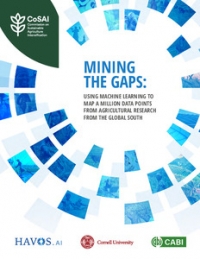
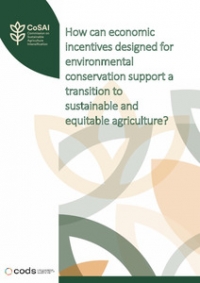
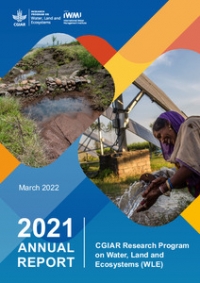
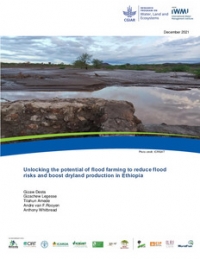
Comments
Traditional farming system have many ecological potentiality to sustain ecological security, strengthening the approaches of climate change resilience and adaptation. In our North Eastern Part of India also there are many such practices among different Indigenous Community.But they are facing many threats and deprivation due lack of support and nurturing . Some link of our individual observation among two indigenous group is given below
https://nopr.niscair.res.in/handle/123456789/16856